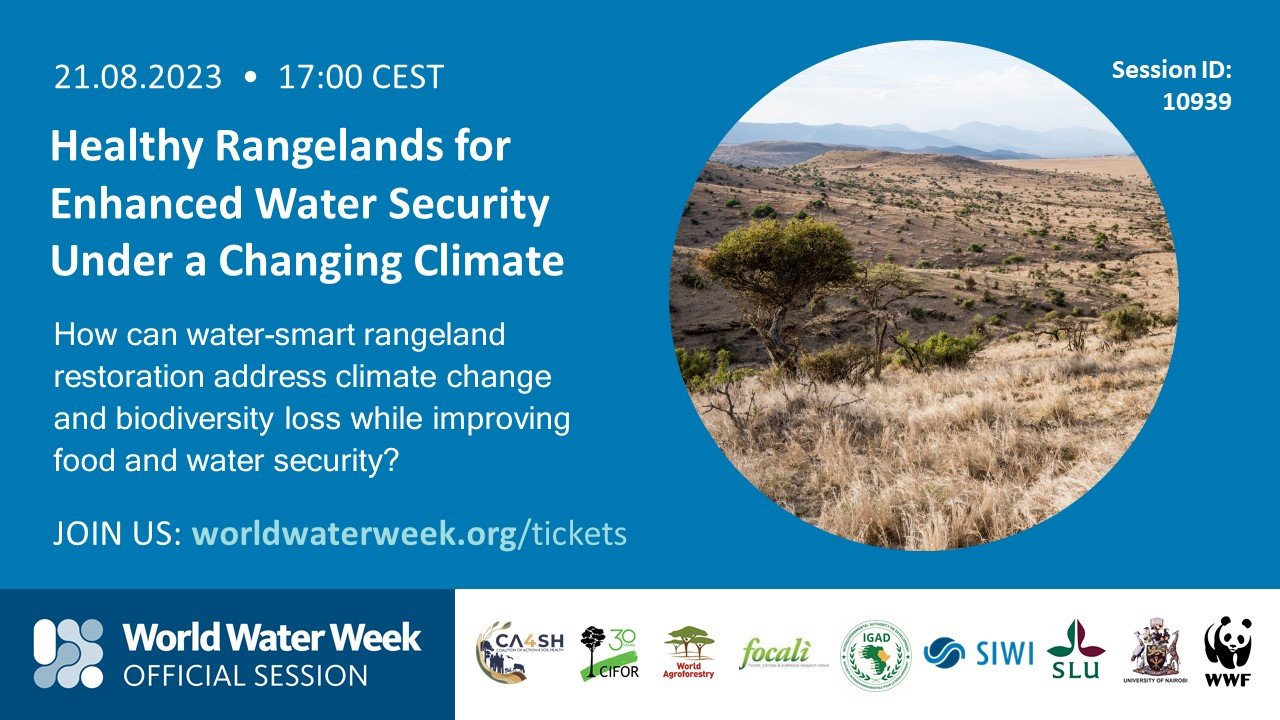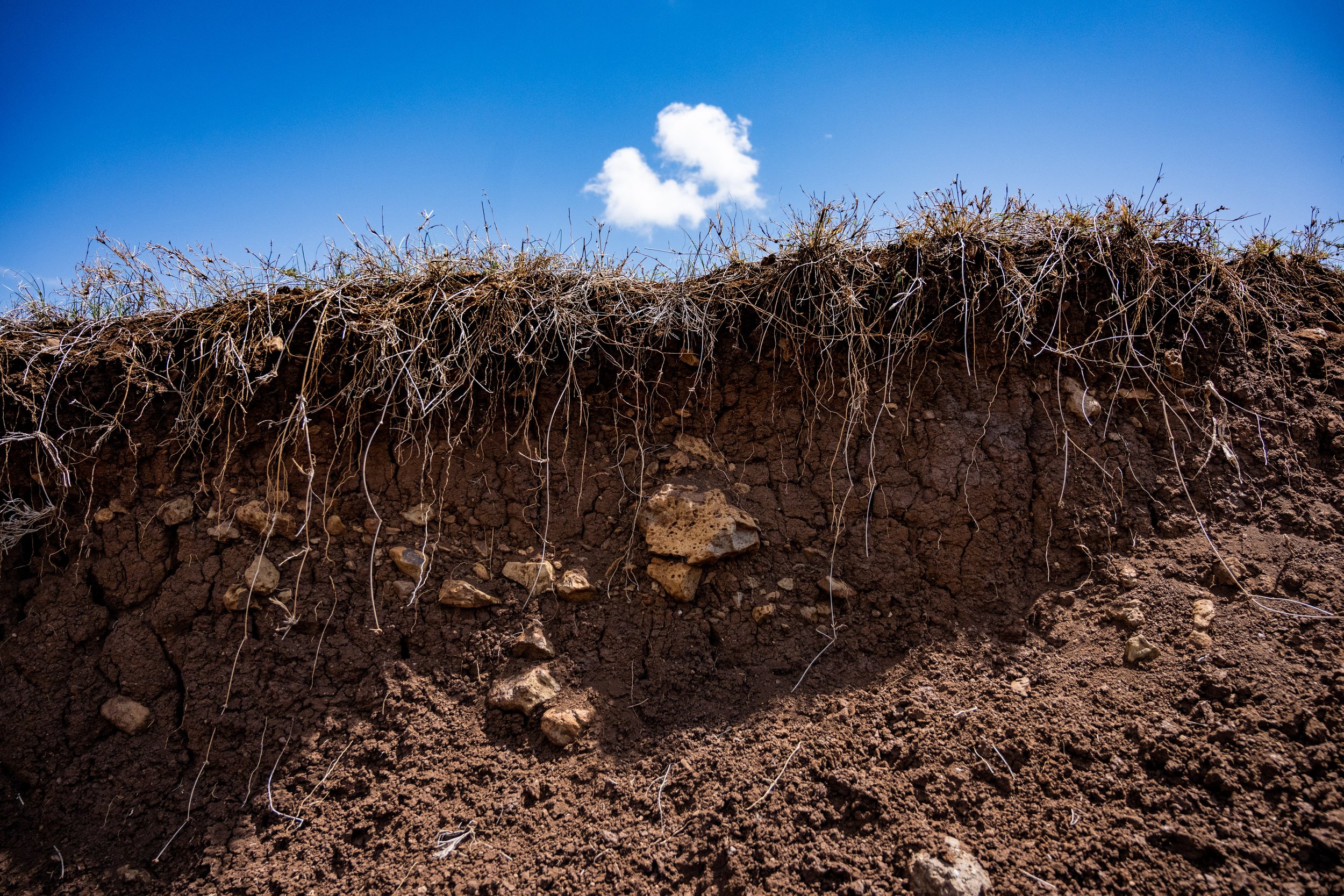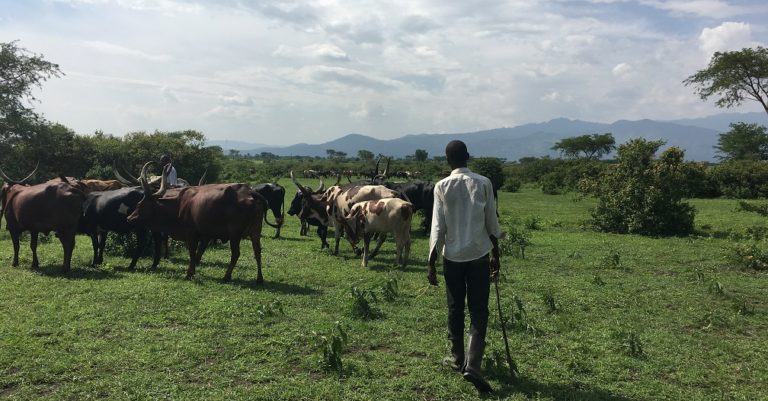In the mountains region of Peru, at an altitude of 3000 to 4200 meters above sea level and in between multiple communities, there is a treasure of a landrace diversity of indigenous crops that has been maintained for thousands of years. However, this biodiversity and associated traditional knowledge is now at risk of eroding due to a continuous increase in youth’s migration to urban areas. Recently, I had the privilege to participate in a 10-day study tour to investigate and learn about key innovations of human adaptation to socio-ecological change and the conservation of agrobiodiversity. This tour exposed different aspects of crop diversity conservation by smallholder farmers and the significance of maintaining it for future generations.
When leaving Peru’s capital city of Lima, one becomes quickly exposed to a different reality involving mountain culture and complex landscapes. Additionally, due to the brief description of the tour’s activities, I had no expectations prior to travelling. As a result, the tour truly shook my world in more ways than one. Together with a group of over twenty people from different countries, we witnessed a deep sense of pride in the country’s deeply rooted food patrimony and its linked agrobiodiversity. Between visiting different towns and rural communities, I was doing my own inquiry about rural youth’s perspective on the conservation of indigenous crops and landraces along with the challenges and opportunities associated with making a decent livelihood in the rural highlands.
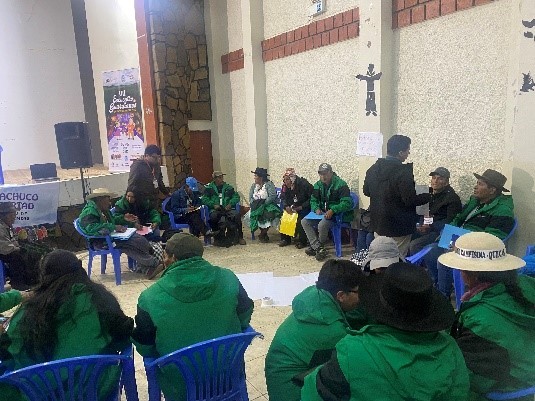
With our first stop being Huamachuco, a town located in the north of Peru, we were instantly greeted by spectacular views and great hospitality. We had the chance to attend the annual meeting with AGUAPAN, (Association of Guardians of the Native Potato). Growing a high diversity of native potatoes, one of their main goals is preserving biodiversity and the culture surrounding it whilst putting an emphasis on social inclusion and gender equality. During the meeting, members approached matters like commerce and marketing of native potatoes with Miski papa, (the collective brand of AGUAPAN), migration of youth, communication problems and climate change. By this, they stimulate conversation about development while giving the farmers a voice and allowing them to join forces and exchange knowledge. The marketing of the native potato could possibly generate multiple job opportunities which will motivate younger people to stay and care for the crop. Moreover, seeing as it is a current issue, one of the topics discussed was youth’s and women’s engagement in agriculture, which many farmers had various ideas about. Seeing as potato seeds are passed down to generation by generation, many mentioned family dynamic and cultural appreciation as part of the solution. “We have to motivate the young to join AGUAPAN, and not only them but their families too, and with this our children will cultivate our native potato and unite with the group” suggested one member. Many seem to share this opinion, even youth. Talking with a younger member, he reveals that his motivation for conserving potato landraces comes from his family. “My ancestors had enough trust with their children to pass on this significant knowledge, I wanted my father to have the same ability to trust me and I hope I’ll do the same with my own children”.
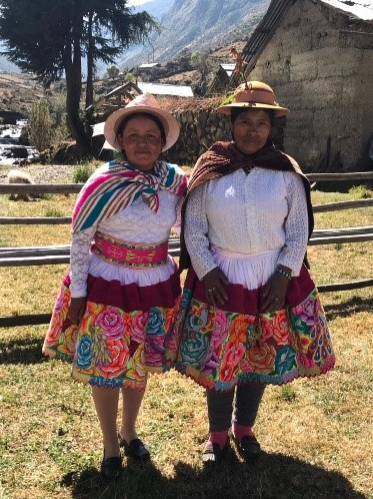
Continuing the tour, our next stop was Jauja, where we went on to visit different communities. With being the first foreigners to step foot in some of these communities, we were welcomed by people wearing their mesmerising and vibrant traditional clothing whilst singing and dancing. We were shown a plethora of different potato varieties and even informed about their names in Quechua, which are often related to their appearance. When asked about the roles of the members, the president of the community said: “We teach them (the children) how to plant and conserve the seeds, the benefits of each crop and how to share this knowledge. The women are seed selectors”. Furthermore, despite the women shying away from speaking, they are the most knowledgeable when it comes to the names of each variety. However, they are not the only ones as there are some kids who also possess this skill. An eight-year-old girl by the name of Roxanna approached me and started explaining some of the names. “My mother taught me (the names). I always go to the field with my parents. We grow everything together and work together on the land” she said. “Which one is your favourite?” I asked, and she looked at me like I just asked her to discard one of her dolls. “All of them”, she simply responded.
Now in the city of Huancayo, the capital of the Junín region, we are farther away from the farmers and getting in contact with nutrition where I learned about the Escuelas Sostenibles project. The project’s focus is obtaining food security for school children, which it does by using agroecological products in the alimentation system whilst also focusing on aspects like family farming. Hence, by this contributing to a developing local economy, internalizing healthy nutrition and preserving the local diversity. Therefore, Huancayo is an inspiration for nearby cities and provinces. For children, this can help create an interest in nutrition and agrobiodiversity as they are constantly exposed to an environment where a wide range of crops is related to healthy habits and sustainability. For the future, maintaining agrobiodiversity through systems like this could help in generating an abundant amount of career opportunities and therefore prosperity and a higher living standard as a result. Evidently, increasing the likelihood of younger people pursuing a career in agriculture.
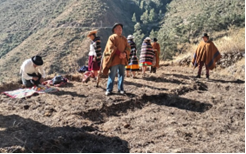
Back in the Lima region, now we are in the beautiful village of Laraos. Tragically, it seemed as the closer we got to the city of Lima; the fewer youthful faces encountered ours. Further discussions with the farmers revealed that young people do return in time for festivals, like Laraos’ annual water festival (Limpia Sequia). “They come to the parties, identify with their culture and then leave. But yes, one notices that they come with a great will to dance, participate and have a good time.” The farmer said. Despite this, the future looks bright for Laraos. Already benefiting from agroecotourism, the inhabitants of the village have also explored the intimate link between agrobiodiversity and modern gastronomy by releasing the internationally praised cookbook with native recipes, SABORES. This link is of great significance for youth engagement in the maintenance of agrobiodiversity as it associates culinary arts with native crops and traditional knowledge. The short distance to the city of Lima along with the abundance of culinary schools, makes Laraos the ideal place for an alliance between the farmers and the modern-day chefs. Evidently, working closely with the local cuisine will help make youth realize the importance of agriculture and that a career in it does not lack prestige. Moreover, it also contributes to the development of the local economy and with access to societal services, which automatically will better the living quality. Others, however, share a different opinion. “What will solve all these problems we have is political change. The government needs to recognize us and our struggles. That is what will solve this, nothing else.” is what one farmer shared with us.
During this tour, a single question kept lurking in the shadow of all their stories; what will happen if youth continue to abandon what their ancestors have built up for decades? The answer is certainly scary. Custodian farmers in the Peruvian highlands continue to maintain and propagate a wide range of landraces and their cultural identity by constantly improving agriculture, implementing new techniques and technologies, making optimal use of the land and putting emphasis on a continuous process of innovation and evolution of the native potato. However, the key element in their preservation is passing on the knowledge to their children. Thus, it is crucial for young people to realize that despite all the challenges facing them, a plethora of possibilities lie in their place of origin which could motivate them to stay working closely with agrobiodiversity.
Photo credits: Huda Ibrahim.
SLU Youth Institute (SLU YI) aims to create interest among Swedish youth for global food security and to find sustainable solutions to the global challenges based on the UN Sustainable Development Goals. SLU Youth Institute is the Swedish part of many Youth Institutes coordinated by the World Food Prize Foundation. Read more at our Swedish website!

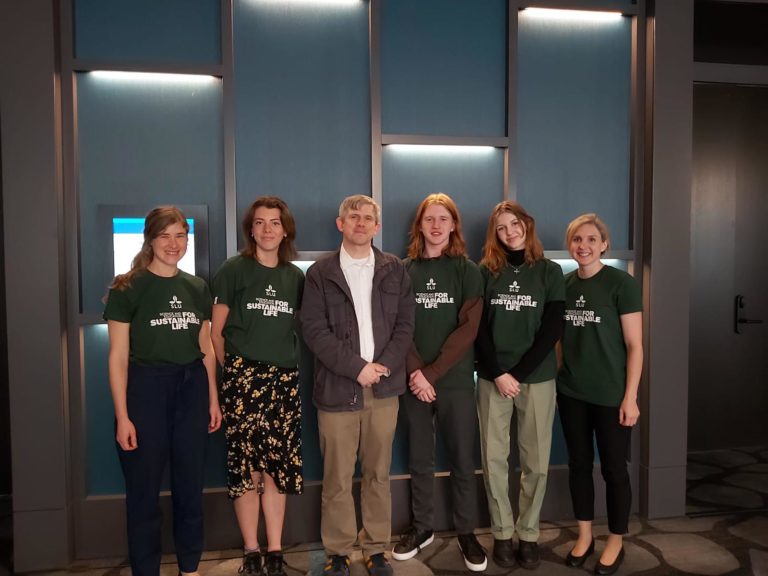

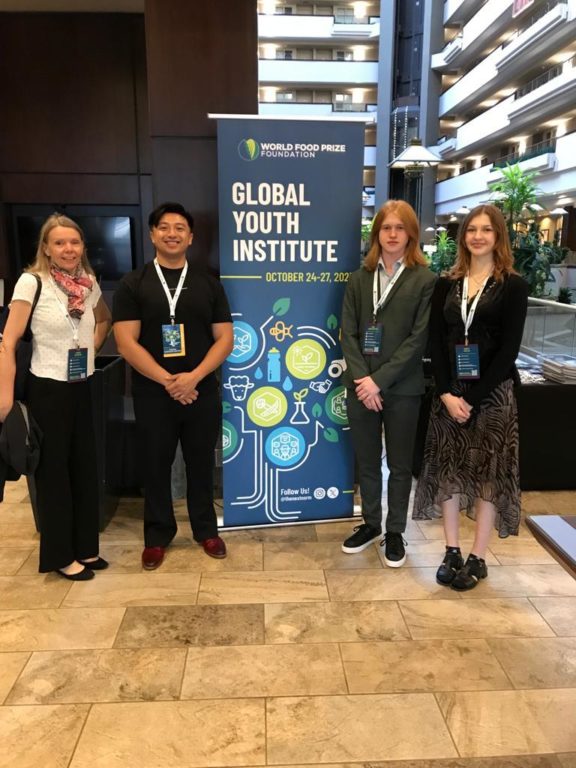
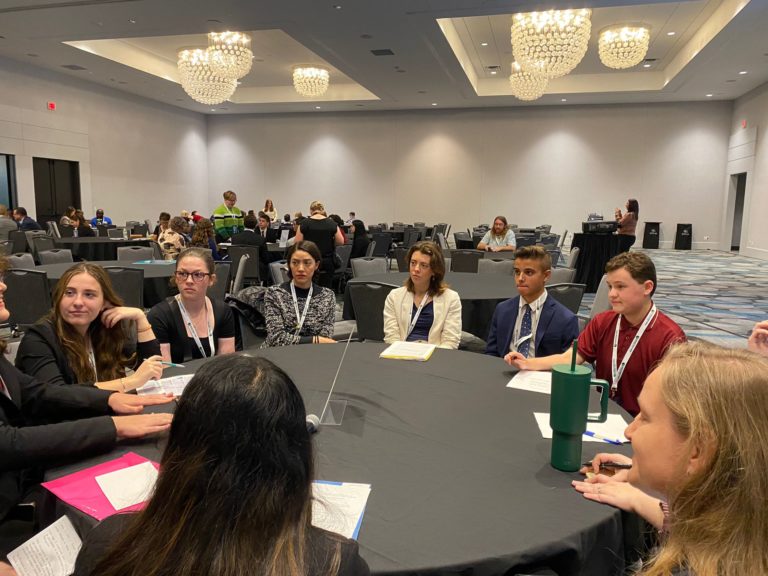
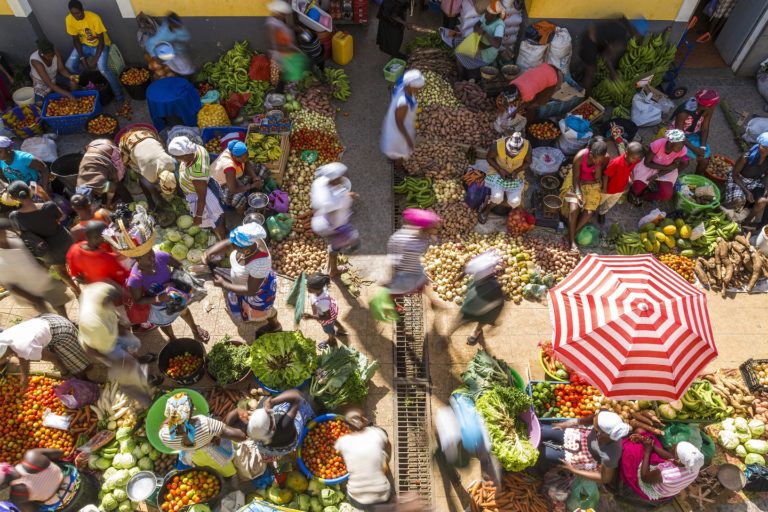
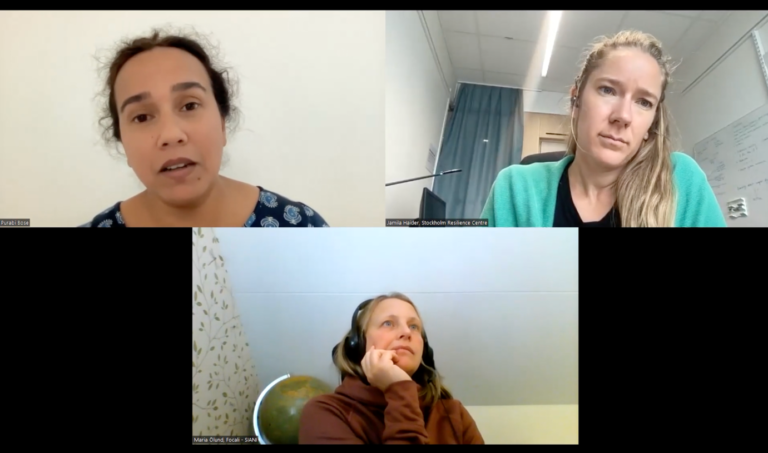 Screenshot of panel recording from “Panel 12 – Indigenous knowledge production and rights in food system”
Screenshot of panel recording from “Panel 12 – Indigenous knowledge production and rights in food system”